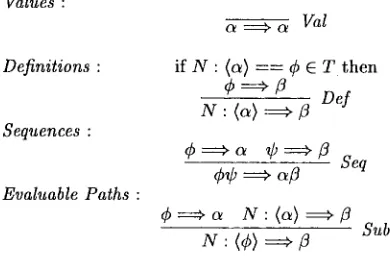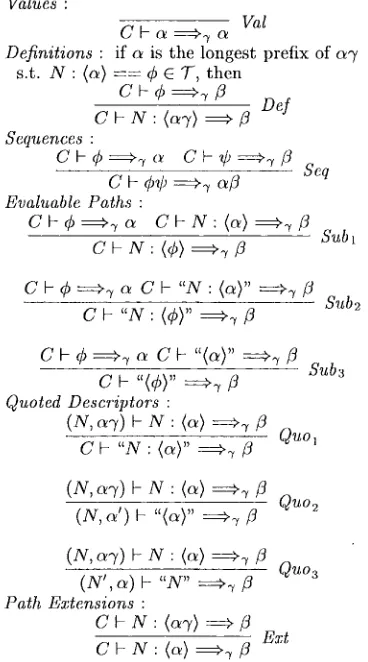An Evaluation Semantics for DATR Theories
Full text
Figure




Related documents
The aim of the current investigation was to use CTX-I and CTX-II levels from OA patients taking part in a 2- week phase I study to assess correlations between bone
As previous research has mainly focused on the devel- opment of pre-screening outcome tools [12], the tempo- ral aspect of potential predictors has remained largely unknown.
For the facet joint forces at various levels of the lumbar spine under a preload of 460 N and left/right rotation moments of 5 Nm and 10 Nm, Figure 11 indicates that forces
Using Bland-Altman plots stating limit of agreement and mean disagreement, the fragment overlap methods (Silva et al. and Hill et al.) showed good consistency with each other but
Keywords: ESWT, Radial extracorporeal shockwave therapy, Recurrence rate, Symptomatic shoulder calcifying tendinopathy,
We conducted a preva- lence study to determine the medication adherence rate of maintenance therapy and to identify possible risk factors for nonadherence.. METHODS: Outpatients
Our study proposes to collect and link a range of complementary sets of data; including, robust clinical data from rheumatologists (diagnosis, MRI/radiograph images), existing
The present study was conducted to test the hypotheses that patients with right- or left-sided TKA show a signifi- cant increase in BRT from pre-operative (pre-op, 1 day before